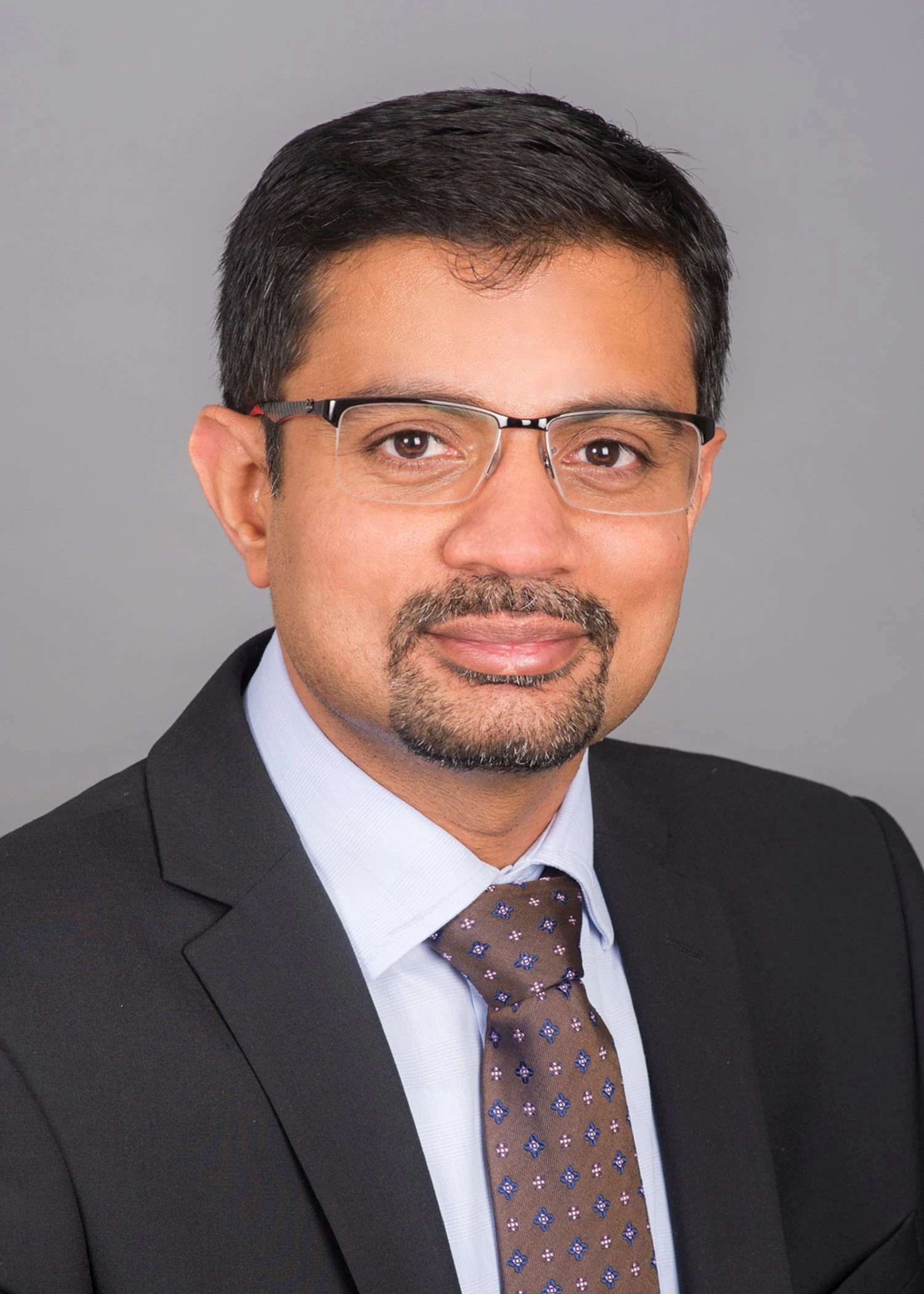Notwithstanding different levels of estimates of the infrastructure gap from various global studies, one thing we can safely agree on is the massive infrastructure gap in emerging market and developing economies (EMDEs). The impact of COVID has left many countries with even higher fiscal stress and competing investment priorities. Combined with climate change impacts, many EMDEs are looking at innovative ways to address their infrastructure funding gap in a fiscally sustainable manner. One such approach is asset recycling. Let’s get to some of the basics first.
What is asset recycling?
Asset recycling (AR) is broadly a two-step process—first to monetize value from revenue-generating public assets, and second to use the monetized proceeds to invest in existing and/or new infrastructure assets. Monetizable public assets can be toll roads, bridges, airports, transit systems, power generation and grids, warehouses, etc.
Both steps offer a broad spectrum of options to involve the public and private sectors. The monetization step could range from outright asset sale through to long-term concession. The investment step also ranges from pure public implementation through to complex PPP models. While the public sector continues to ‘own’ the asset (except in full privatization), its role differs from an asset manager, a lessor, a concession authority, or only a regulator. The scope of the private sector under the monetization step is broad—from a passive investor receiving future income from a ring-fenced toll road securitization, an engineering, procurement, and construction (EPC) contractor, to a concessionaire with whole-life asset management responsibility.
For the public sector, AR offers a unique opportunity to receive upfront capital from the private sector in lieu of future income from those assets. It also allows long-term risk transfer and gains private sector efficiencies in asset management. AR is also suitable for institutional investors meeting their preference for brownfield assets with established revenue profile.
Surely, they are not without their risks
Yes, considering the long-term nature (>25 years) and involvement of public assets, asset recycling requires clear policy, a regulatory and institutional framework, transparent processes, and political commitment. A robust risk management process is critical across the AR steps, including selecting quality asset(s), monetization and investment models, private sector risk appetite, financing market capacity, and management of proceeds. Special attention should be given to stakeholder consultation, procurement, and equitable risk allocation processes.
What’s the global experience of asset recycling?
This space is evolving with lessons being captured from AR programs in Australia, Brazil, China, India, Indonesia, Japan, Mexico, Uruguay, the United Kingdom, the United States and more. There are number of innovative models in EMDEs, including the Limited Concession Scheme in Indonesia, Infrastructure Investment Trusts in India, and Revenue Securitization in Mexico and Uruguay. Experience so far suggests that an AR strategy should have an end-to-end approach from asset selection, bundling, the right AR models, ringfencing revenues, and new asset development.
How to build an asset recycling program in EMDEs?
The World Economic Forum’s Recycling our Infrastructure for Future Generations report defines a comprehensive set of nine principles in three action themes to design and implement an AR strategy (see Figure 2 in the report: A framework for implementing infrastructure asset recycling). Motivation for an AR program should not be limited only to raising capital on an off-balance sheet basis, rather it should be in the context of overall infrastructure planning and asset management. More broadly, an AR program should be underpinned by a stock of revenue-generating public assets, private sector appetite, and the depth of domestic financial markets.
How can MDBs support AR?
As an evolving topic, AR needs very careful planning to avoid locking in and facing the adverse impacts of irreversible decisions. MDBs, such as the World Bank Group, can support governments in designing and implementing AR programs through:
- Preparing and sharing a compendium of lessons learned and guidance materials
- Creating an AR-enabling environment as part of the infrastructure investment framework
- Assessing and building a pipeline of suitable public assets across sectors including documenting the track record of key performance indicators, latent risks, etc.
- Developing different AR models taking into account the private sector’s role and capacity, regulatory framework tax regime for foreign investors, etc.
- Financial structuring and market sounding with the private sector—investors, asset managers, lenders, etc.
- De-risking investments through risk mitigation and credit enhancement instruments to attract competitive financing
- Investing as an anchor thereby conducting due diligence and enabling risk sharing
- Developing climate transition investments with MDB concessional finance used as an incentive for governments to co-mingle monetized proceeds
A way forward
The limited global experience suggests there is significant potential for AR, albeit within a range of risk factors. MDBs, within their policy and operational requirements, can support governments through technical and financial assistance and give a signaling effect to private investors. With the right framework, AR could be a win-win-win—for the public sector (funding source and efficient asset management), for the private sector (exposure to revenue-generating operational assets), and for MDBs (leveraging balance sheet resources to mobilize private capital).
Do you have experience to share? Please use the section below to comment.
Related Posts
A simple way to close the multi-trillion-dollar infrastructure financing gap
Moving the juggernaut of institutional investment in EMDEs infrastructure
Behold the White Knights! New research on institutional investor participation in financing EMDE infrastructure
This blog is managed by the Infrastructure Finance, PPPs & Guarantees Group of the World Bank. Learn more about our work here.



Join the Conversation